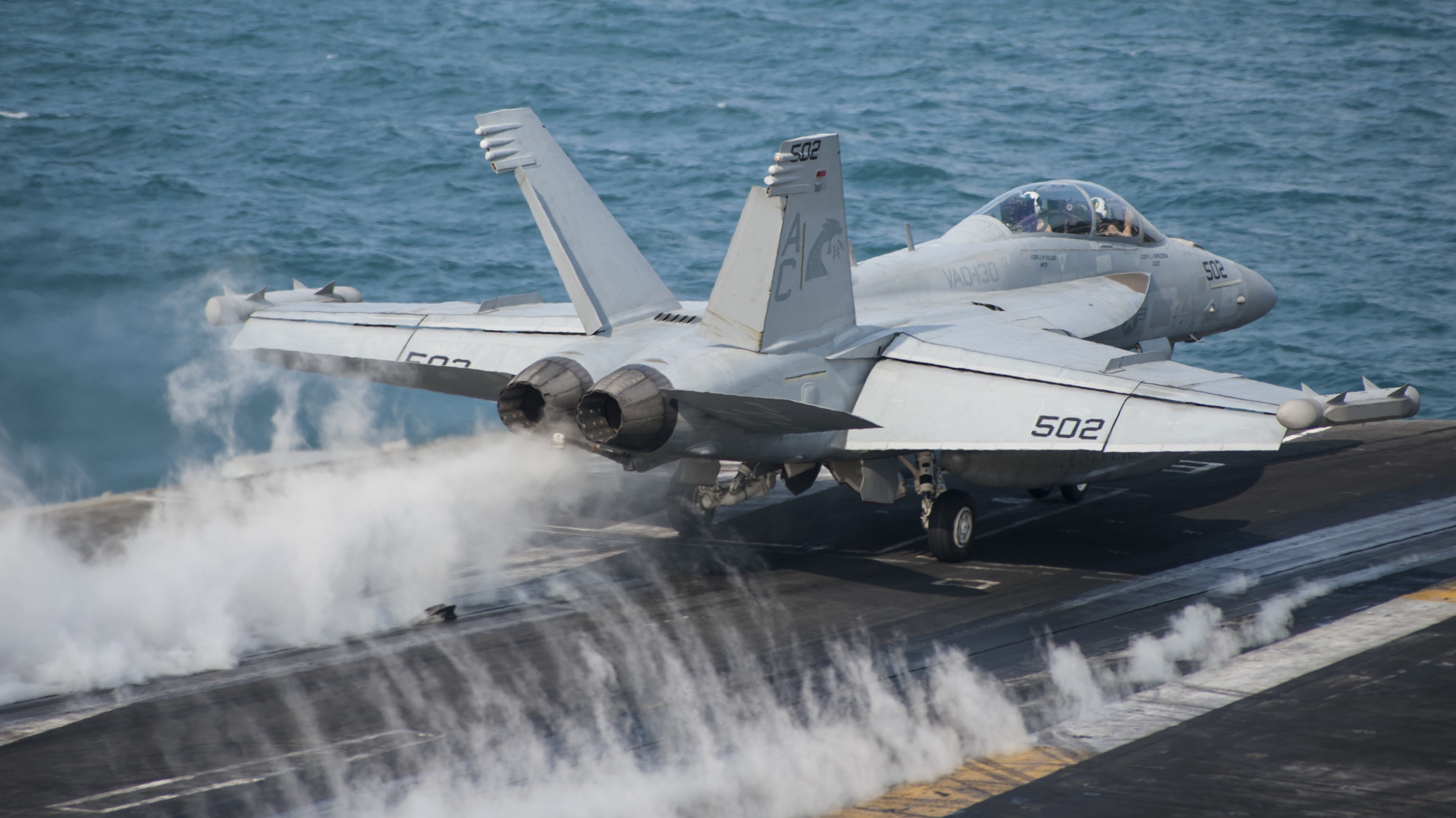
The House and Senate appropriations committees released a final Fiscal Year 2016 spending plan that meets the new requirements of the Bipartisan Budget Act of 2015 and funds the Defense Department at $572.8 billion in base and Overseas Contingency Operation (OCO) funding.
This total is $5.1 billion less than the president requested for the fiscal year but $18.7 billion more than was appropriated in FY 2015.
The Defense Department portion of the spending bill includes $111 billion for new equipment and upgrades, including several items beyond what the Navy and Marine Corps asked for in their budget request. The bill proposes adding $660 million for seven E/A-18G Growlers and $350 million for five F/A-18 Super Hornets, creating more work for Boeing’s production line that the company said earlier this year would stay open despite uncertainties surrounding additional American buys.
The bill would also add $780 million for six additional F-35B Joint Strike Fighters for the Marine Corps and $255 million for two additional F-35C JSFs for the Navy; bringing the total to 15 F-35Bs and six F-35Cs in FY 2016.
The bill also adds $1 billion as a partial payment for a future Arleigh Burke-class destroyer (DDG-51) and $635 million for an Expeditionary Mobile Base (formerly called the Afloat Forward Staging Base), and it accelerates long-lead procurement for the LX(R) dock landing ship replacement, the SC(X)R landing craft utility (LCU) replacement and the LHA-8 amphibious assault ship.
These plus-ups to the shipbuilding budget began as an idea from the Senate Armed Services Committee when that panel crafted its version of the National Defense Authorization Act in May. SASC poured an additional $1.7 billion into the shipbuilding budget beyond what the Navy had requested to help get ahead of the major challenge the Navy will face as the Ohio Replacement Program ballistic missile submarine effort ramps up in the coming years ahead of a FY 2021 construction start.
The FY 2016 bill also funds three Littoral Combat Ships, two Virginia-class attack submarines (SSN-774) and two Arleigh Burke destroyers, all of which were included in the Navy’s request.
The bill adds $609 million beyond what the Pentagon asked for in the services’ readiness accounts, adds $200 million beyond the budget request to support the Pentagon’s new “technology offset” effort to maintain a technological edge over near-peer competitors, adds $100 million to assess military weapons systems for cyber threats and vulnerabilities, and adds $30 million for development of new auxiliary oceanographic research vessels.





